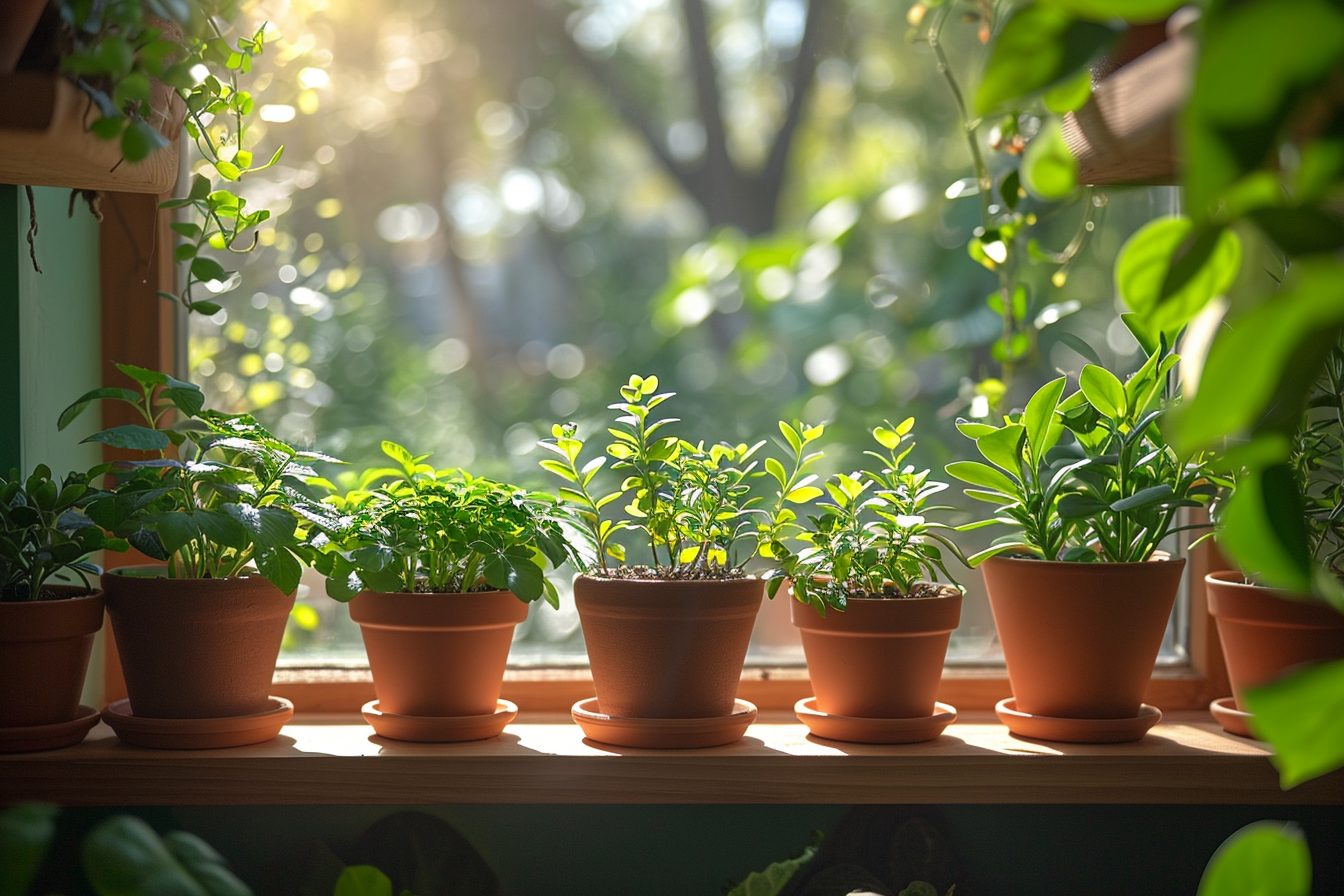
Unlocking the secrets of indoor miniature medicinal plant cultivation can be a rewarding journey both for your health and for your love of gardening. By creating a thriving herbal garden inside your home, you can access a plethora of natural remedies and infuse your living space with greenery and vitality. But cultivating these delicate plants indoors requires specific know-how to mimic their natural habitat and meet their growth requirements.
Choosing the right medicinal plants
Before you place pots and soil, it’s crucial to select the right plants for your indoor garden. Take into consideration factors such as the plants’ light, water, and space needs, as well as their compatibility with indoor environments. Suitable candidates for indoor cultivation include but are not limited to:
- Aloe Vera: Renowned for its healing properties, particularly for skin issues.
- Peppermint: A versatile herb known for aiding digestion and relieving headaches.
- Lavender: Appreciated for its calming effects and pleasant aroma.
- Chamomile: Often used as a gentle sleep aid and anti-inflammatory agent.
- Lemon Balm: May reduce anxiety and assist with sleep disturbances.
Selecting diverse plants that can grow well together is paramount for building a robust home-based apothecary.
Optimizing growing conditions
Adequate lighting
All plants require some level of light to perform photosynthesis. When growing medicinal plants indoors, providing adequate lighting is a common challenge. Most medicinal herbs crave bright, indirect sunlight. South-facing windows are ideal for maximum exposure. If natural light is limited, investing in quality grow lights can simulate the sun’s spectrum, encouraging healthy growth.
Consistent watering
Unlike their outdoor counterparts, indoor plants rely solely on you for hydration. Over-watering or under-watering can swiftly lead to root rot or desiccation, so maintaining a consistent watering schedule is vital. Allow the top inch of soil to dry out before watering again, and ensure pots have drainage holes to prevent excess water accumulation.
Humidity and air flow
Many medicinal plants originate from humid climates, thus, moisture in the air can play a crucial role in their health. Depending on your home’s humidity level, you might need to use a humidifier or place a water tray near your plants. Moreover, gentle air circulation helps to ward off fungal infections and strengthens plant resilience. A ceiling fan or an oscillating desk fan can provide adequate airflow, but be cautious not to place plants in the path of harsh, direct drafts.
Temperature regulation
Most medicinal herbs flourish in temperatures similar to comfortable living conditions for humans, between 65 and 75 degrees Fahrenheit. Be vigilant about fluctuations, particularly avoiding proximity to heating or cooling vents that can create microenvironments of extreme temperatures.
Soil and fertilization
Choosing the right soil
Soil medium is paramount in the success of an indoor herbal garden. Opt for a high-quality, organic potting mix that provides proper drainage while retaining essential moisture. For added nutrients and optimal pH, consider mixing in compost or worm castings.
Fertilization for growth
Even with a nutrient-dense soil mix, providing additional fertilization can bolster your plants’ health. Slow-release organic fertilizers or regular applications of a balanced, liquid fertilizer are beneficial options. Bear in mind that over-fertilization can negatively impact the medicinal qualities of your plants, thus, always adhere to recommended dosages.
Repotting for plant health

Knowing when to repot
As your plants grow, their root systems will eventually outgrow their initial containers. Signs that a plant needs repotting include slowed growth, roots protruding from drainage holes, or the plant quickly drying out after watering.
The repotting process
Select a pot that is one size larger than the current one to allow for growth. Carefully remove the plant from its old container, untangle any circled roots, and place it in fresh potting mix. This practice encourages continued growth and rejuvenation, ensuring that plants remain healthy and stress-free.
Pest and disease management
Vigilance is key
Indoor plants are not immune to pest infestations or disease. Regular inspections are crucial for early detection of issues such as spider mites, aphids, or mold. Check both the tops and undersides of leaves, along with the soil surface, for signs of trouble.
Natural remedies
Addressing pests and diseases quickly and naturally is imperative to maintain organic medicinal properties. Neem oil, insecticidal soap, and homemade remedies, such as a diluted mixture of mild soap and water, can be effective against most common pests without resorting to harsh chemicals.
Harvesting and using your medicinal herbs
Harvesting practices
To reap the maximum benefits from your indoor herbs, employ proper harvesting techniques. Clip leaves or stems using clean, sharp scissors, being careful not to over-harvest and stress the plants. Cuttings can be used fresh, or you can dry them for later use.
Preservation and preparation
For herbs you’d like to store, drying is a simple method of preservation that can prolong their shelf life. Tie sprigs together and hang them in a cool, dark place, or use a dehydrator for faster results. Once dried, store them in airtight containers away from light to conserve their medicinal qualities. Prepare these herbs as teas, tinctures, or infusions to harness their healing properties.
Continuous learning and adaptation
A mastery of indoor herbal gardening is an ongoing pursuit, one that benefits from continuous learning and adaptation. Each plant species has unique requirements and may present its own set of challenges. Also, variations in your indoor environment can impact the health and productivity of your garden. Be prepared to adjust your care techniques, engage with gardening communities, and seek out informational resources to fine-tune your skills.
By attending to your plants with patience and observation, you can refine your approach to tackle the evolving needs of your indoor medicinal garden. As you attune to the patterns and signals of your plants, you become more adept at ensuring their prosperity and your own satisfaction in the process. Embrace the transformative journey that is the cultivation of medicinal herbs indoors, and let the natural world bring wellness and serenity into your home.











